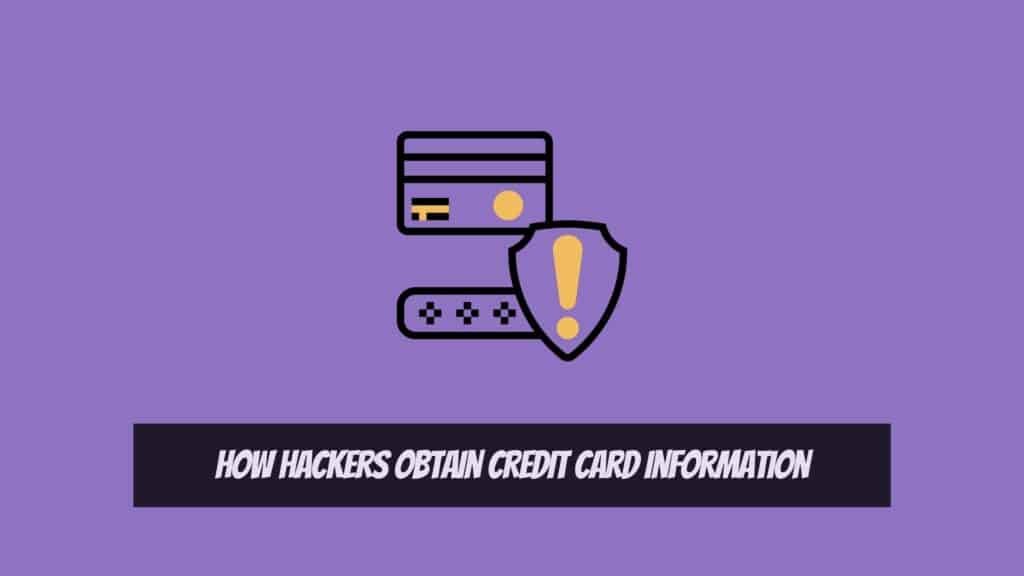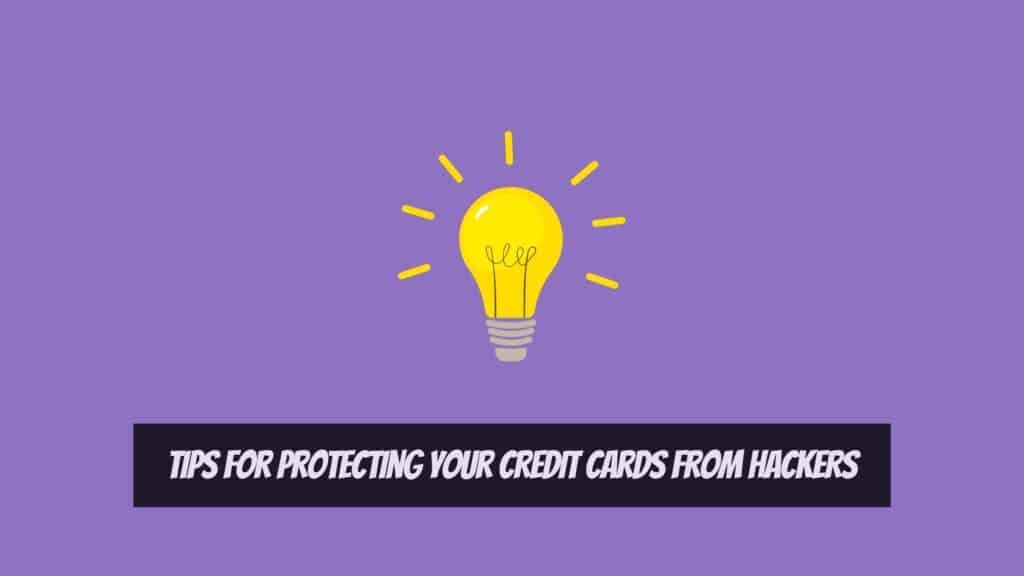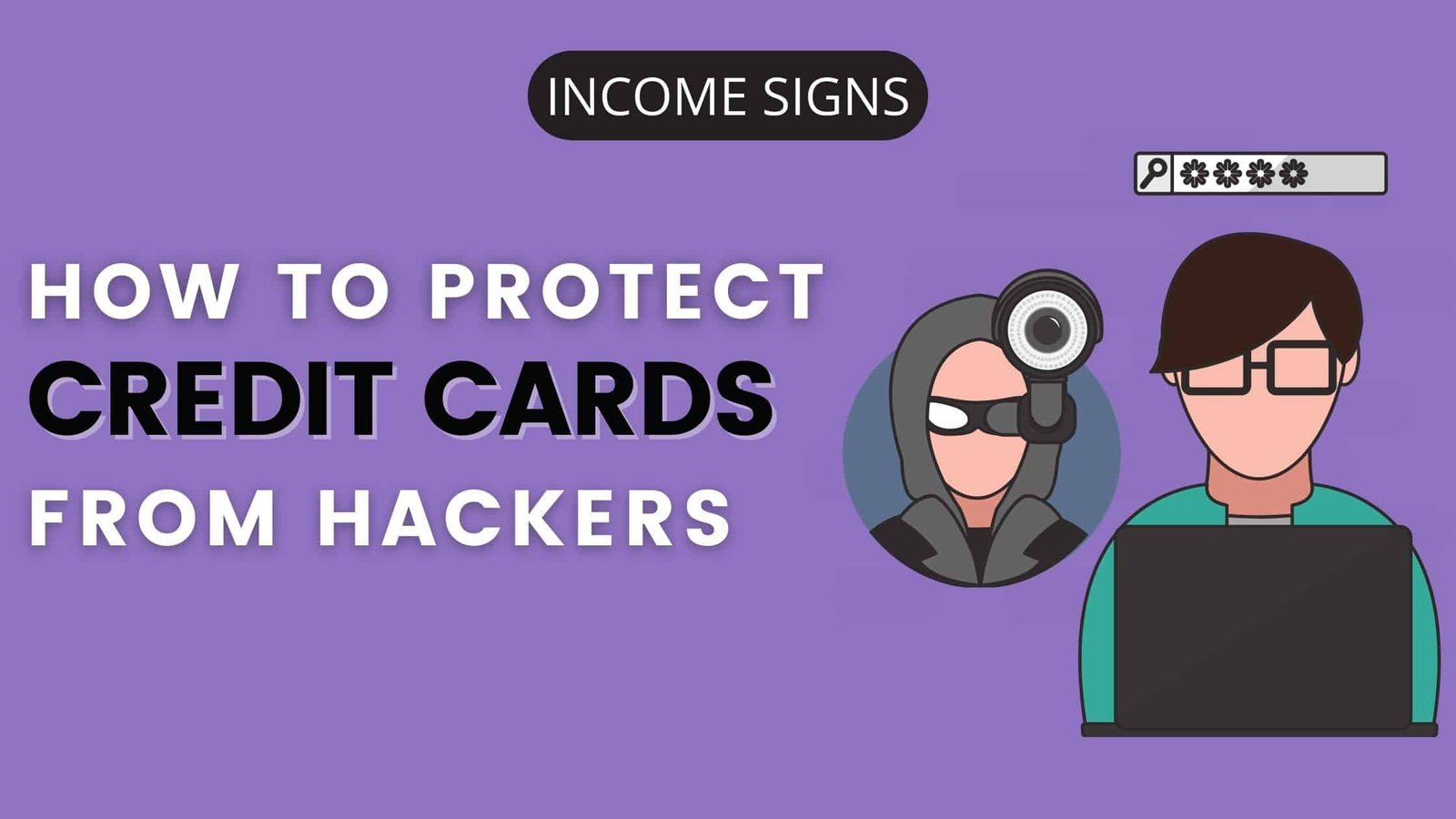How to Protect Your Credit Cards from Hackers? This is a serious question for all. As more and more of our daily lives move online, it’s more important than ever to protect our credit cards from hackers.
After all, who wants to deal with the hassle and stress of credit card fraud? Not to mention the financial loss and damage to your credit score that can result from having your credit card information stolen.
But how do hackers even get their hands on your credit card information in the first place? It’s not like they’re just walking around with a giant bag of stolen credit cards like a cartoon villain (at least, we hope not).
In reality, there are all sorts of sneaky ways that hackers can obtain your credit card information, from phishing scams to skimming devices attached to ATMs.
So, what can you do to protect your credit cards from these digital pickpockets? Don’t worry, it’s not as daunting as it may seem. In this post, we’ll go over some simple and effective tips for keeping your credit card information safe.
What is Credit Card Fraud?

Credit card fraud is the unauthorized use of a credit card or credit card information to make purchases, obtain cash advances, or access other financial resources. There are several ways that credit card fraud can occur, including:
Physical credit card theft
It typically occurs when someone steals another person’s credit card details, like the card number, expiration date, and CVV code. In some cases, it also involves physical credit card theft, as criminals have become more sophisticated.
They have developed practices to make it harder for victims to realize their credit cards have been stolen until large charges appear on their statements. This type of crime can leave individuals in serious debt and cause them crippling financial stress.
Skimming
Skimming is a type of credit card fraud that involves someone swiping another person’s credit card information through a special device. This device captures the credit card’s magnetic stripe data, which can then be used to make fraudulent purchases or access cash advances.
Skimming devices are typically attached to ATMs and other point-of-sale terminals. Some criminals have even been known to embed skimming devices into gas pumps and other sources of payment.
Phishing scams
A phishing scam occurs when a criminal sends out emails or text messages that appear to be from legitimate organizations, such as banks or credit card companies. The messages typically contain links that lead to a malicious website or ask the recipient to enter their credit card information into a bogus form.
If the victim falls for the scam, their credit card information is then used to make unauthorized purchases or access cash advances. In some cases, criminals may even sell stolen credit card details on the dark web.
Online purchases
When making online purchases, it’s important to be aware of the security measures that merchants use. Some merchants may use encryption and other technologies to protect customers’ credit card information, while others may not.
Look for signs that a merchant is secure, such as a lock icon in the URL bar or an “https” instead of just “http” in the website address. Also, be sure to avoid entering your credit card information on sites that don’t look legitimate or that don’t have secure checkout pages.
How Hackers Obtain Credit Card Information

There are several ways that hackers obtain credit card information. Let’s take a closer look at each type.
Email phishing: The scammer sends an email pretending to be from a legitimate company, asking the recipient to click on a link or provide login credentials.
SMS phishing: The scammer sends a text message with a fake offer or link that leads to a malicious website.
Online purchases: This is when a hacker obtains your credit card information through an online purchase from an unsecured website or by using malware to capture your information as you enter it.
Unsecure Websites: Many websites are not secured with SSL encryption and therefore don’t protect your credit card information. Check the terms and conditions and make sure the website is secured with HTTPS.
Malware: Malware is malicious software designed to steal your credit card information, passwords, and other sensitive data. It can be installed on your computer without your knowledge, so it’s important to use reliable antivirus software.
Tips for Protecting Your Credit Cards from Hackers

Strong and Unique Passwords
Hackers often try to gain access to accounts by using commonly used passwords or by using a program to guess passwords. Using strong, unique passwords makes it more difficult for hackers to gain access to your accounts.
Enable Two-Factor Authentication
Two-factor authentication adds an extra layer of security by requiring you to enter a code sent to your phone or email in addition to your password when logging into an account. This makes it much more difficult for hackers to gain access to your accounts.
Enable Credit Card with Fraud Protection
Many credit cards now have chip technology, which makes it more difficult for hackers to skim your credit card information. You can also consider using a credit card that has a built-in fraud protection program that alerts you to any suspicious activity on your account.
Monitor Your Credit Card Statements
Regularly checking your credit card statements can help you catch any fraudulent charges quickly. If you notice any charges that you don’t recognize, it’s important to report them to your bank or credit card company as soon as possible.
Avoid Giving out Personal Information Online or Over the Phone
Hackers can use personal information, such as your name, address, and date of birth, to gain access to your accounts. Be cautious about giving out this information online or over the phone, especially if you didn’t initiate the contact.
Secure Internet Connection
Public WiFi networks can be insecure, making it easier for hackers to capture your credit card information as you enter it. To protect your information, make online purchases using a secure, private internet connection.
Credit Card with a Low Credit Limit
If you’re concerned about the potential for credit card fraud, you might consider using a credit card with a low credit limit or a prepaid card. This can limit the amount of damage that can be done if your credit card information is stolen.
How to Report Credit Card Fraud

If you suspect that your credit card has been compromised or that you are a victim of credit card fraud, it’s important to take action as soon as possible. Here are some steps you can take to report credit card fraud.
Contact Your Bank or Credit Card Company
Most banks and credit card companies have procedures in place for reporting fraud. You can usually do this by calling the number on the back of your credit card or by logging into your account online.
File a Police Report
Depending on the circumstances, you may want to file a police report. This can be helpful if you need to provide documentation to your bank or credit card company or if you are dealing with a large amount of fraud.
Place a Credit Freeze
Placing a credit freeze on all of your accounts can help prevent further unauthorized activity. A credit freeze restricts access to your credit reports, making it harder for criminals to open new accounts in your name.
Monitor your Credit Reports
If you are a victim of credit card fraud, it’s important to keep an eye on your credit reports to ensure that no further fraudulent activity occurs. You can request a copy of your credit report from the three major credit bureaus (Equifax, Experian, and TransUnion) for free once a year.
Conclusion – How to Protect Your Credit Cards from Hackers
In this post, we’ve discussed How to Protect Your Credit Cards from Hackers and provided some tips for doing so. By taking these steps, you can protect yourself from credit card fraud and the financial and emotional stress that it can cause.
